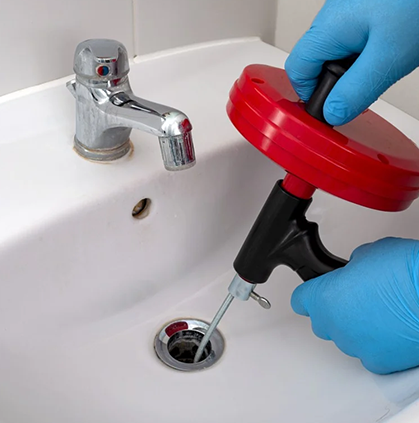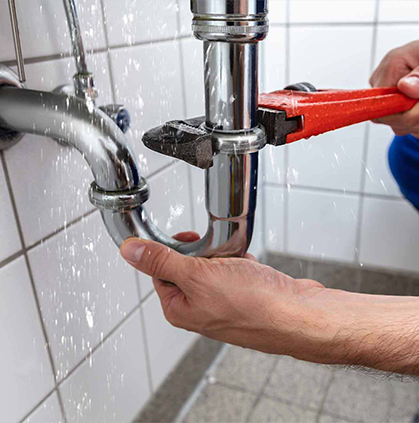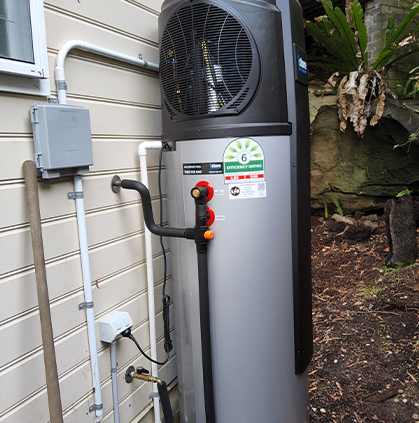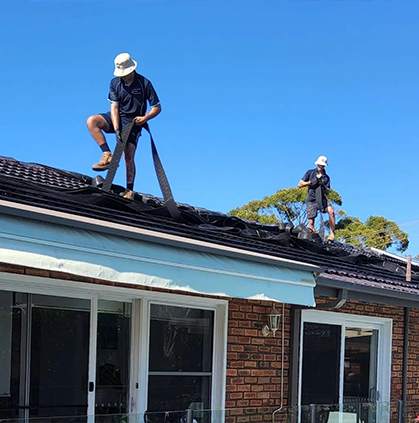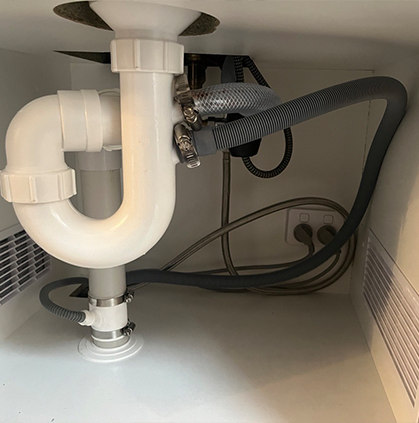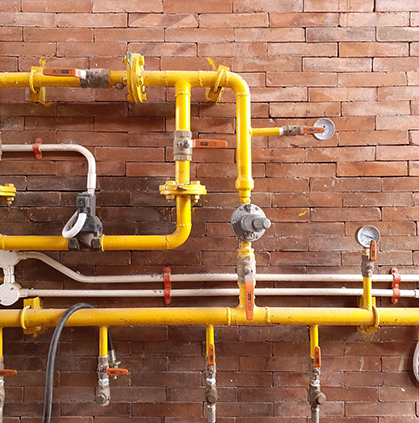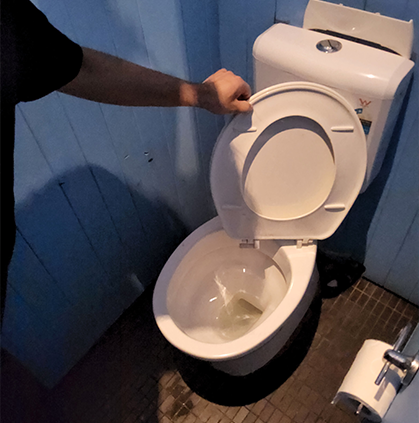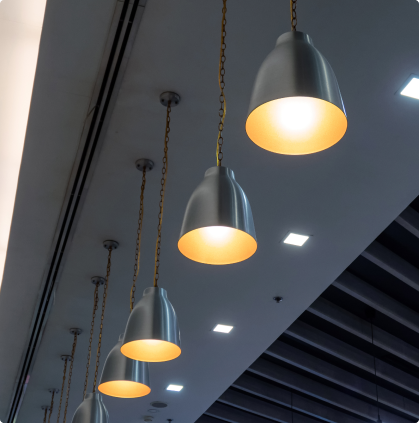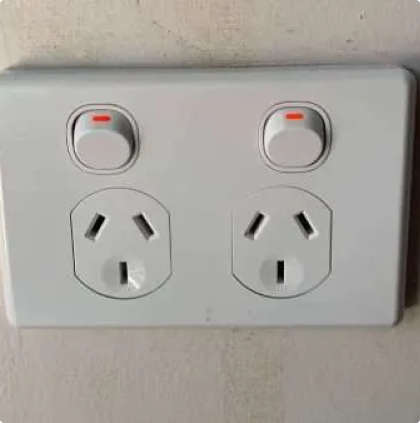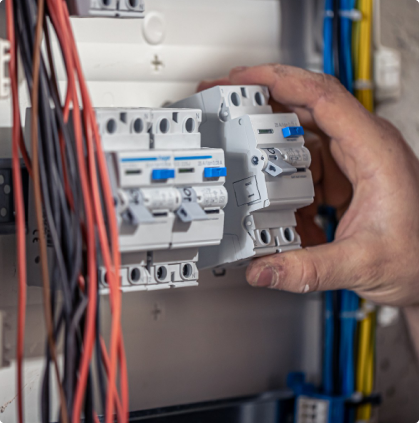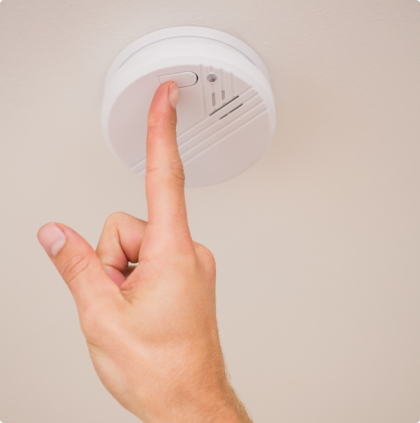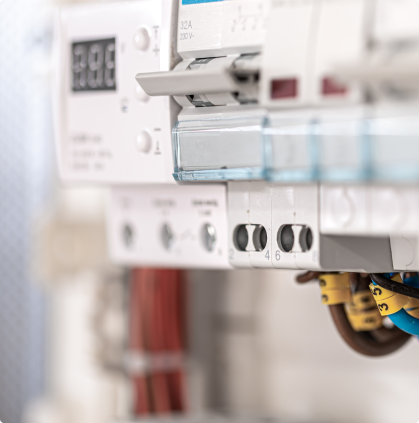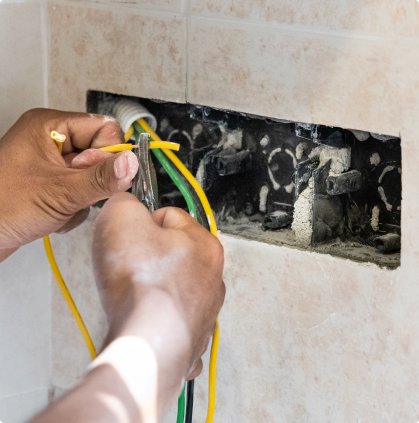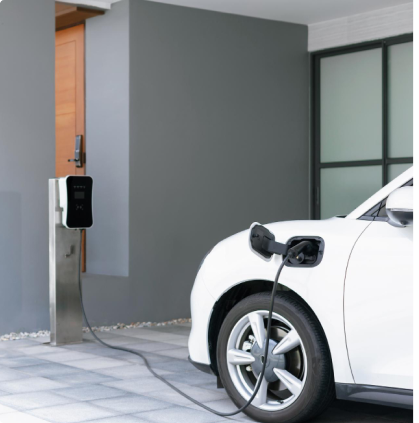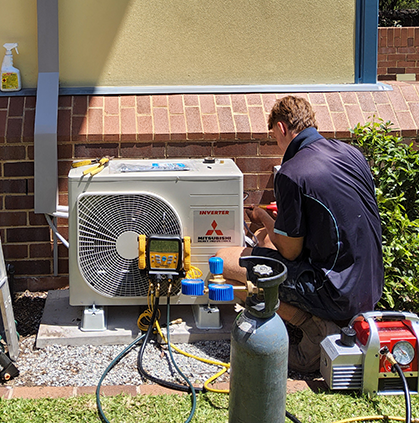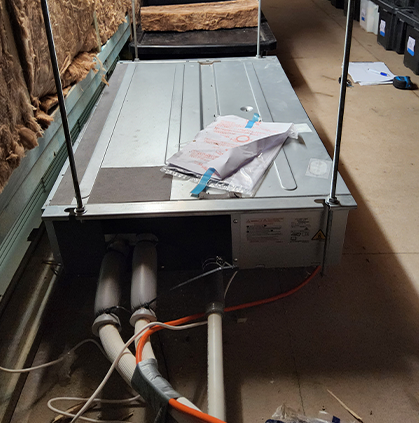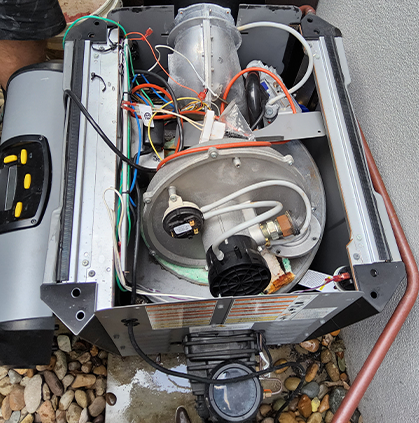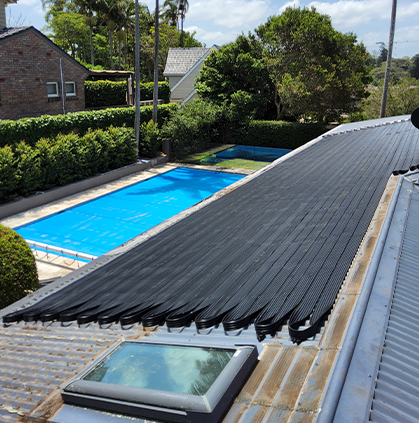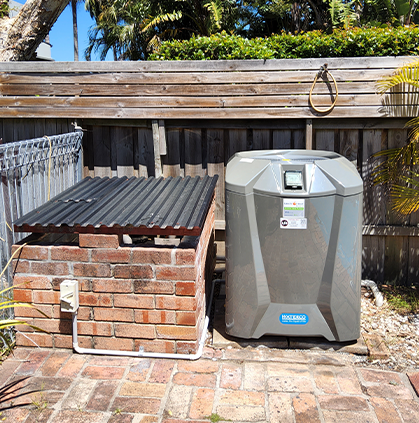Thinking about installing an AC system? You might be tempted to call in the air conditioning services and get it done. But before you do,let’s take a moment to understand how an AC system works.
With many options and uses, knowing the basics helps you choose the right air conditioning system that fits your space and budget.
In this article, you’ll learn about various air conditioning types and their functions to help you make informed decisions. So, keep reading!
What is the Basic Operating Mechanism of an Air Conditioner?
Basically, air conditioning systems work by removing heat and humidity from indoor air and releasing it outside.
It uses a refrigeration cycle with a refrigerant fluid that constantly circulates, changing between liquid and gas to absorb and release heat.
Here’s a simple step-by-step explanation of how an AC system works:
- Warm air passes over the evaporator coil, where refrigerant absorbs heat, turns into gas, and cools the air. The cooled air is then blown back into the room, lowering temperature and humidity.
- The gas moves to the compressor outside. There, it’s pressurized, which raises its temperature and prepares it for heat release.
- Hot, high-pressure gas moves to the outdoor coil. An outdoor fan blows air over it, releasing heat. The refrigerant cools and becomes a liquid.
- The liquid refrigerant passes through an expansion valve, lowering its pressure and temperature. It then returns to the evaporator coil to repeat the cycle.
That’s how an air conditioning system works in most homes. So yes, it doesn’t actually produce cold air. Instead, it moves heat out of your house, leaving the air inside cooler.
Also Read: Should You Choose Heat Pumps or Air Conditioners?
Types of Air Conditioners and How They Work
Let’s explore different types of air conditioners and how they work:
1. Split-System Air Conditioner
Split system air conditioner is a type of AC that is known for being efficient and quiet. Homeowners often prefer split systems installation because it offers comfort and saves energy.
This system has two main parts. The outdoor unit contains the compressor and condenser. The indoor unit houses the evaporator and air handler.
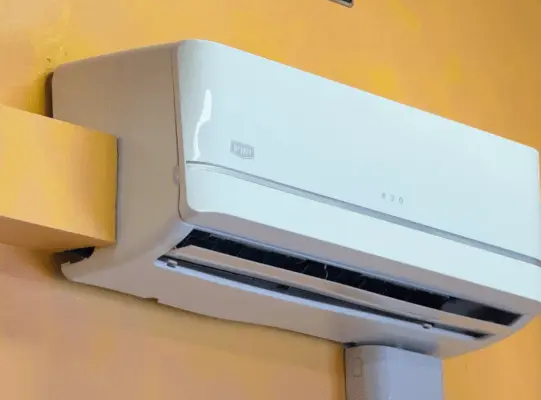
Now, how does a split system AC work? It’s quite simple. The indoor unit takes in warm air, cools it with refrigerant, and then blows the cooled air back into the room.
Meanwhile, the outdoor unit releases the absorbed heat outside. A thermostat controls this process, keeping the temperature just right.
Many modern split systems feature inverter technology. Some can switch to heating mode in cold weather by reversing the cycle.
2. Ducted Air Conditioner
Ducted air conditioning is a central system that cools or heats the entire home evenly. It stays hidden inside the ceiling or walls.
The system includes an outdoor unit with the compressor and condenser. It also has a hidden indoor unit, usually installed in the ceiling or under the floor, which is connected to a network of ducts.
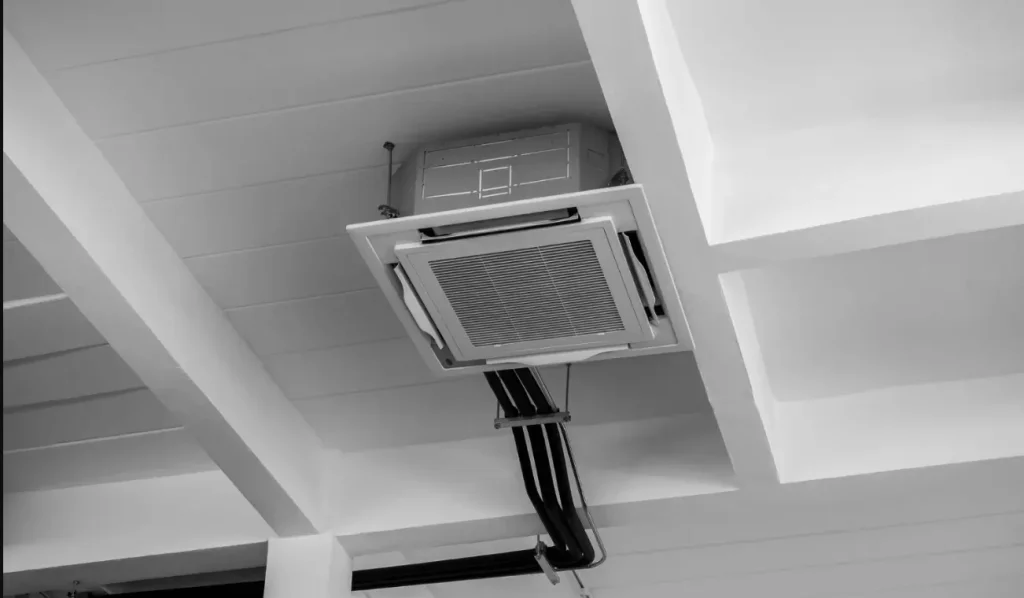
Here’s how it works: the indoor unit takes in air, cools or heats it with refrigerant, and then sends the conditioned air through insulated ducts to the vents in each room.
The outdoor unit handles heat exchange by releasing extra heat or taking in heat when needed for heating. A thermostat helps you set the right temperature, often with zoning options for different areas.
Yes, it’s a bit complex in its process. If you use this type of air conditioner, you need to schedule ducted air conditioning repair regularly.
3. Window Air Conditioner
If you need a compact air conditioner, a window unit is a good choice. These units fit directly into a window frame.
Window units are generally cheaper than other air conditioners, which makes them a popular choice for people on a budget.
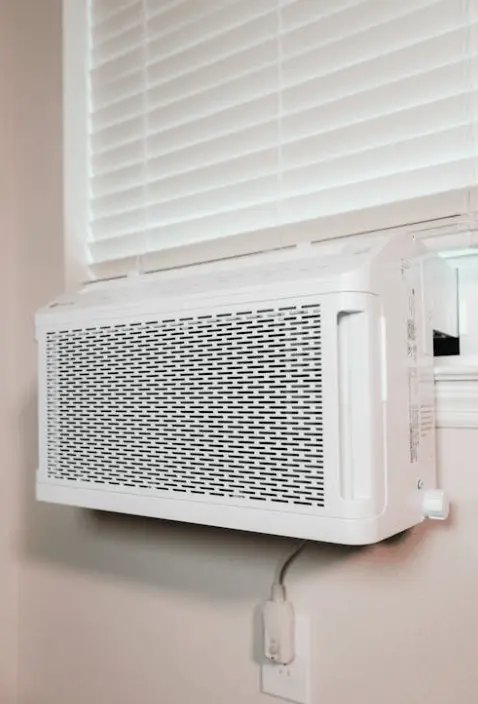
How does this AC system work? It houses everything in one box: a compressor, condenser coil, evaporator coil, fans, a blower, a thermostat, and a filter.
Warm air from the room is pulled over the cold evaporator coils. These coils are filled with refrigerant, which absorbs heat and moisture from the air. This process cools the air before it is blown back into the room.
Heat vaporizes refrigerants. The compressor sends this gas to the outdoor coil, where a fan expels warmth, repeating the cycle to maintain your set temperature.
4. Cassette Air Conditioners
You might see these types of air conditioning in a restaurant dining area. They are a popular choice for commercial spaces because they have a neat design.
These units are installed directly into the ceiling, with only the grille showing. They are good at cooling or heating large, open areas like dining rooms or lobbies
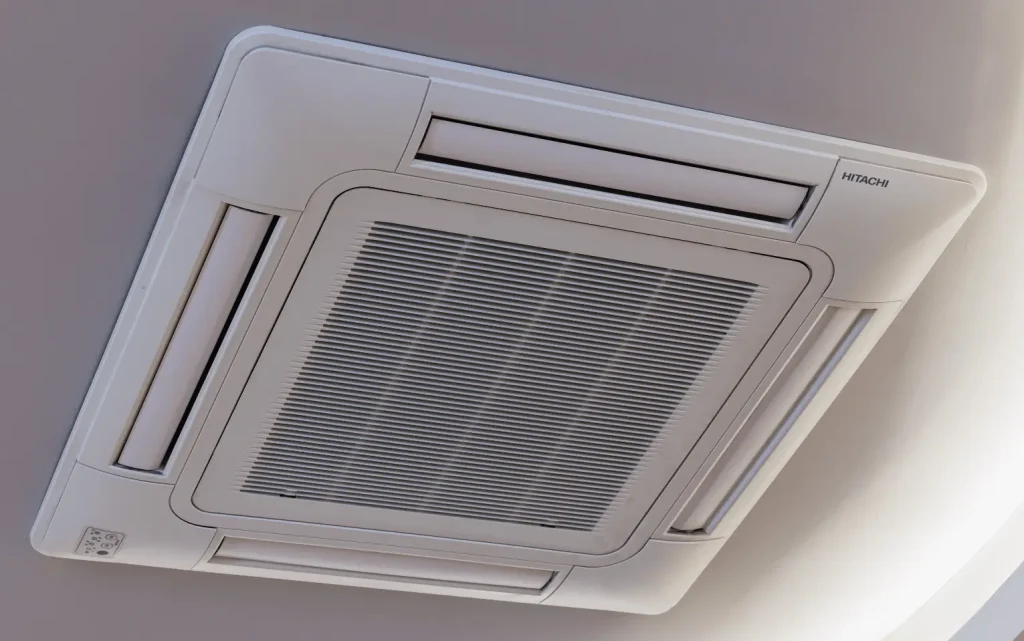
Here’s how they work: The indoor unit draws room air through its grille and cools it over refrigerant-filled coils to absorb heat. It then blows the cool air evenly into the room via adjustable vents.
Warm refrigerant gas goes to the outdoor unit. The compressor squeezes it, making it a hot liquid and releasing heat outside.
5. Portable Air Conditioner
You don’t need an instalment for this. As their name suggests, these AC systems are mobile, self-contained units that cool specific rooms. They contain the compressor, condenser, and evaporator.
Their key feature is an exhaust hose. It pushes hot air out of your home through a window or a hole in the wall. This makes them a good choice if you rent your place or don’t want to change your home’s structure.
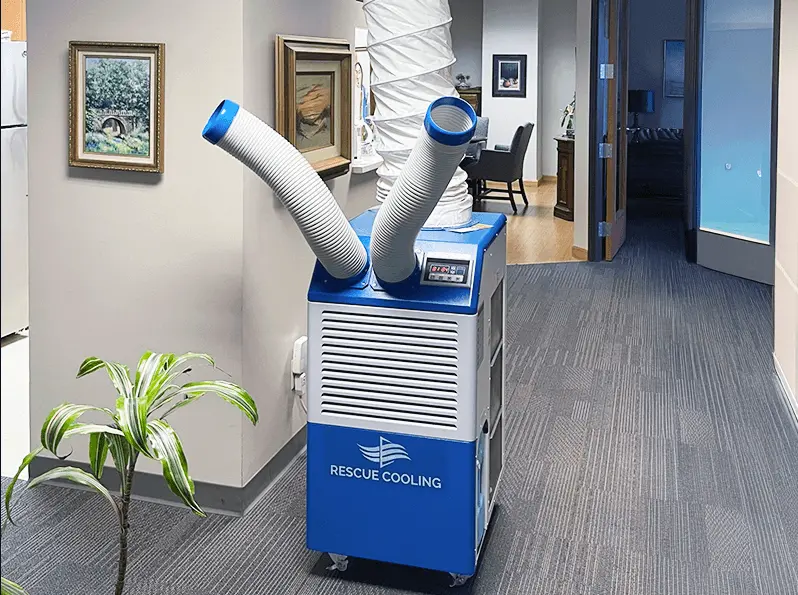
How does this air conditioning system work? A fan draws warm room air over cold evaporator coils containing refrigerant. The refrigerant absorbs heat and moisture, cooling the air, which is then returned to the room.
The hot refrigerant is compressed and sent to condenser coils. There, it releases heat and is exhausted outside. This cycle repeats to maintain your room’s desired temperature.
Also Read: How to Choose the Right Air Conditioner Size
FAQ about How Air Conditioners Work
Here are some common questions about how air conditioners work:
What is the 3‑minute rule for air conditioners?
The 3-minute rule is a safety feature in many modern HVAC systems. It uses electronic relays to ensure a 3- to 5-minute wait before restarting.
This delay protects the compressor’s windings from damaging torque during startup, helping the AC unit last longer.
How many hours can AC run continuously in a day?
Modern inverter air conditioners can run for up to 24 hours. But it’s best to keep them going for about 8–12 hours at a time, with some breaks in between.
Do air conditioners need to rest?
Not necessarily. Most inverter units are designed for continuous use. However, cycling them on and off for short periods keeps them efficient and reduces wear.
You can also use programmable thermostats to schedule rest periods fitting your routine.
What happens if you run AC too long?
Running your air conditioner too long speeds up compressor wear, raises energy bills, and causes ice buildup. It may also lead to breakdowns like refrigerant leaks.
In humid parts of Australia, dirty filters can also promote mould growth, which can affect health and breach AS/NZS 3666 microbial standards.
Which mode is best for saving electricity?
For most homes, using Cooling mode at around 24°C is most efficient. The inverter AC runs at lower speeds longer, which saves energy.
You can also use Auto modes that keep the temperature between 22°C and 26°C. This saves energy by not constantly adjusting the temperature precisely.
Conclusion
It starts with evaporation and ends with condensation, transferring heat from the warm indoor air to the cooler outdoor air. That’s how an air conditioning system works.
You have learned it well and understand the different types of AC systems, right? Well, they may have slightly different processes, but they all work on the same main idea.
We hope this information helps. When you’re ready for installation, contact us at Lightning Bulb. Our experts will ensure a seamless and efficient setup, customized for your specific needs.



